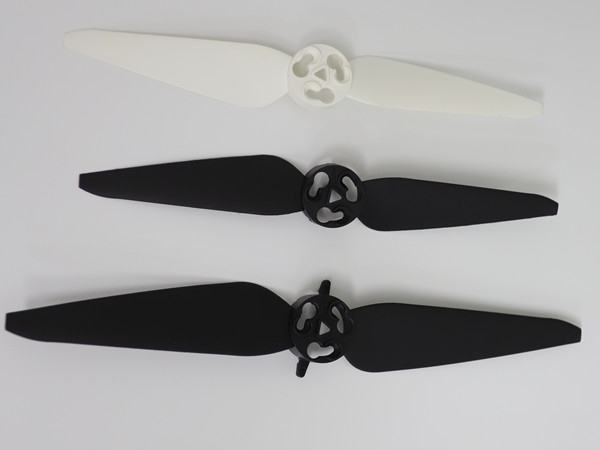Rapid tooling is one of the go-to production techniques as it combines both rapid prototyping and conventional tooling techniques in the production of mold quickly and efficiently. Not only will significantly reduce the time incurred but cost as well. This will ensure that your product gets to the market on time giving you an edge over your competitors.
Currently, on the market, there is a wide variety of rapid prototyping techniques that allow both engineers and designers to test the functionality of a product and fix any defect or flaws before they are released into the market.
Rapid tooling has been gaining traction in recent years as it’s a great molding technique that will enable you to creates parts and products affordably and quickly. If you aren’t fully convinced about rapid tooling, read on this article to know more.

Rapid tooling parts*
Rapid tooling parts is from grefeemold.com
Key advantages of Rapid Tooling
Before we can delve any deeper as to why rapid tooling is essential to different sectors, let’s first take a look as to why the tooling technique is important.
Rapid tooling will not only point the design team in the right direction but also enable them to create molds quickly and efficiently. The time taken between initial design and prototype creation will significantly be shortened allowing the designers to test the part and products in a real-time environment. This will enable them to know if they have chosen the right material and it’s the product parts and components will serve its intended purpose.
One of the biggest hurdles of the production process is when the design flaws and defects are discovered later on and the mold is near completion. This will cause huge financial implications to both the client and manufacturer; rapid tooling will enable all the parties to identify flaws earlier and provide an opportunity to rectify them.
The low cost and affordability associated with rapid tooling is a significant bonus, the low cost of materials used the affordable and cheap the production process will be. If the molds will be used to create products then you will not sacrifice its quality for profit, this creates a domino effect making your products more marketable enabling you to starve off competition as you’ll be selling high-quality products at cheaper prices.
Versatility is another key benefit that comes with rapid tooling. When the whole tooling procedure is precise and accurate, this will enable you to create a wide range of products using different raw materials. Your molds will be produced quicker and faster using rapid tooling and they will have similar traits and quality as conventional molds but not so expensive.
Another advantage of rapid tooling is consistency, its important worth noting that rapid tooling utilizes a digital process as it uses similar files or prototypes minimizing the chances of inconsistencies or errors. This will speed up the entire production process as you’ll be able to create identical products.
With the ever-changing needs and requirements of clients, manufacturers should be able to keep up with the emerging trends in technology or techniques and there is no better way of doing so that using rapid tooling.
